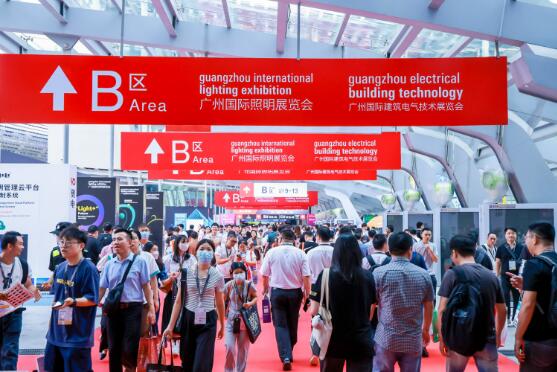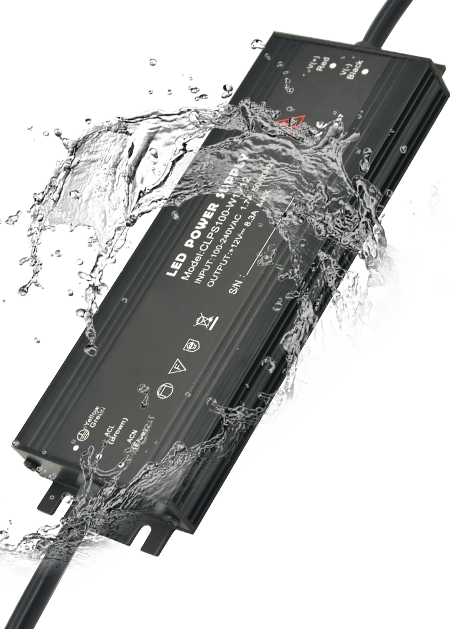The most current LED market is also the most commonly used LED dimming, including LED 0/1-10V dimming, LED silicon controlled dimming, PWM dimming. Dimming works by preventing the output’s current, voltage, and frequency size to make the LED lamps and lanterns undefined function. Today, Shenzhen Kemin will talk about the lighting industry fire 0-10V dimming and silicon controlled dimming; what is the principle?
LED 0/1-10V dimming
0-10V dimming is likewise called 0-10V signal dimming, is an analog dimming method. It is various from the SCR lowering power supply is the 0-10V power supply on both 0-10V interfaces (+10 V and -10 V); it is by changing the voltage of 0-10V to regulate the resulting current of the power supply to accomplish dimming. 10V when the brightest, 0V when off. And 1-10V just dimmers are 1-10V when the resistor dimmer is adjusted to a minimum of 1V, the outcome current is 10%, if the outcome current is 100% at 10V, the illumination will certainly likewise be 100%. In addition, it is best to distinguish that 1-10V does not have the function of a button to accommodate the minimum value of the light, while 0-10V has the part of the switch.
LED TRIAC dimming
Thyristor dimming earlier applied to incandescent lamps and energy-saving lamps dimming method, is also currently used in LED dimming is the most widespread dimming method. Thyristor dimming is a physical nature of dimming, starting from AC phase 0, the input voltage chopper until the thyristor conducts when the voltage input. It works by generating a tangential output voltage waveform after the input voltage waveform is chopped through the conduction angle. Apply tangential principle, the RMS value of the output voltage can be reduced to reduce the power of ordinary loads (resistive loads). Thyristor dimmers have the advantages of high regulation accuracy, high efficiency, small size, lightweight, easy to manipulate from a distance, etc., dominate the market. Thyristor dimming has the advantage of high efficiency, stable performance, low cost of dimming.
PWM dimming
Digital dimming, likewise called PWM dimming, via PWM waves to switch on and off the CAUSED change the on-time of the forward present to attain the effect of brightness change. Pulse Width Inflection (PWM) is a compelling technology that uses a microprocessor’s digital result to control analog circuits and is commonly utilized in many areas, from measurement and communication to power control and conversion and LED lighting. By regulating analog circuits digitally, the cost and power consumption of a system can be dramatically reduced. Furthermore, many microcontrollers and DSPs currently include PWM controllers on the chip, which makes digital control a lot simpler. The technique is based upon the human eye being sensitive adequate to illumination flicker, so the tons LED when intense and dark. If the regularity of light and dark is more than 100Hz, the human eye can see the typical illumination instead of the LED blinking. PWM by changing the percentage of light and also dark time to achieve the modification of lighting. In a PWM cycle, since the human eye to higher than 100Hz within the light flicker, the perceived illumination is a collective procedure; that is, the brighter the percentage of time in the whole cycle, the human eye feels brighter.
In other words, PWM is a method of digitally encoding analog signal degrees. To use high-resolution counters, the tenancy proportion of the square wave is modulated to inscribe the degree of a clear analog signal. The PWM signal continues to be electronic because a full-amplitude DC supply is either completely present or completely absent at any provided moment. A voltage or available resources are added to the analog load in repetitive pulses, on or off. The on-time is when DC power is added to the lot, and the off-time is when the power is disconnected. Any analog value can be carved out with PWM as long as the bandwidth is sufficient.




